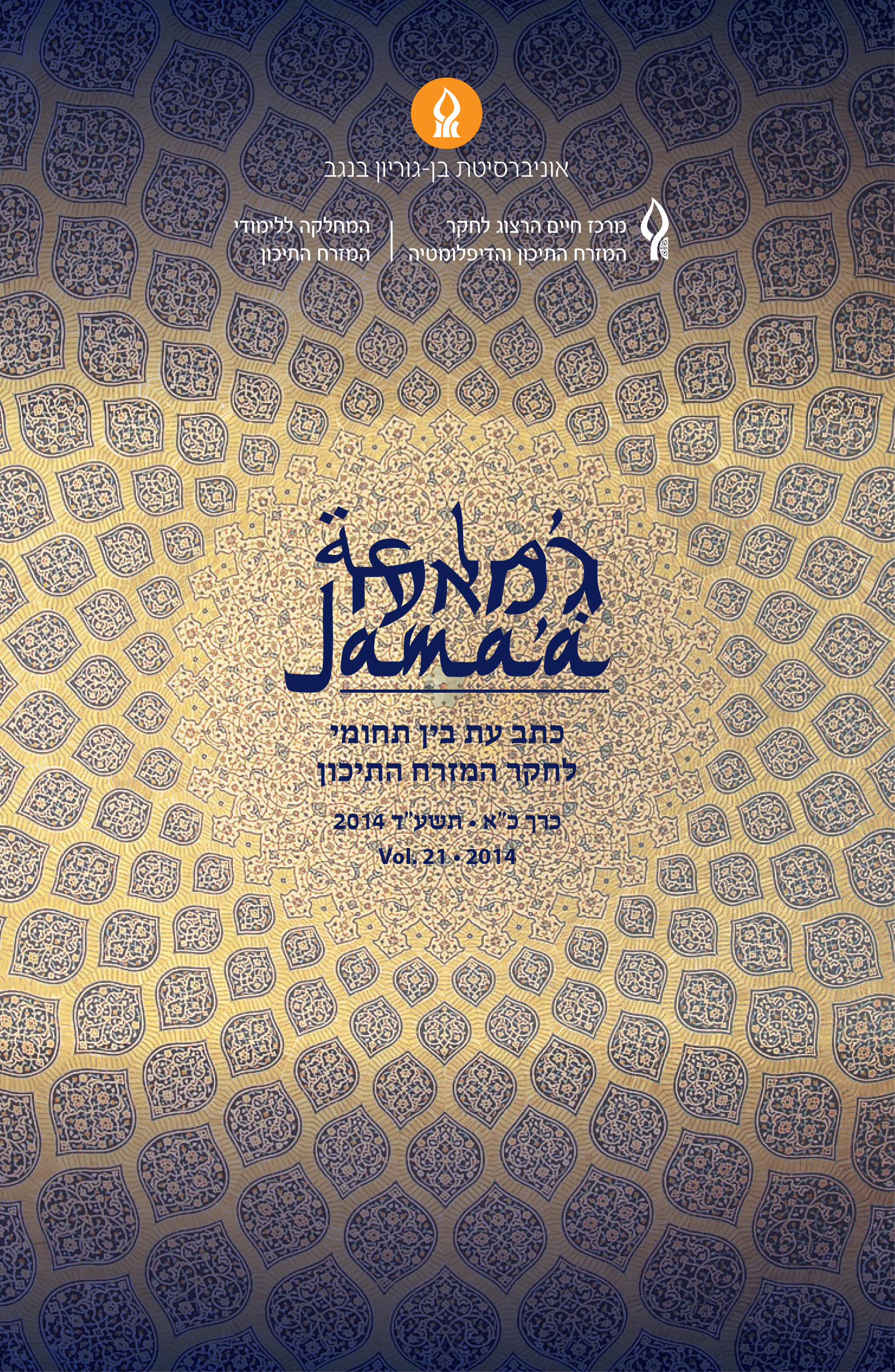אישה, בעל ושני ילדים
מדיניות תכנון המשפחה בתוניסיה ובאיראן
DOI:
https://doi.org/10.64166/2tcdjk85תקציר
באמצע שנות השישים של המאה העשרים היו במשפחה ממוצעת בתוניסיה ובאיראן כשבעה ילדים. מציאות זו יצרה עומס דמוגרפי וגרמה לבעיות כלכליות קצרות טווחוארוכות טווח. למנהיגי תוניסיה ואיראן היה ברור שמידת התפתחותה של המדינהתלויה במידה רבה בגודל האוכלוסייה, ועל כן החלו ראשי שתי המדינות ביישום׳מדיניות לתכנון משפחה׳ במטרה לצמצם את רמת הילודה. במסגרת מדיניות זו נתנ ולאזרחי תוניסיה ואיראן שירותים רפואיים, חינוכיים וסוציאליים, וכן נתנו תמריציםלמשתתפים בתכניות תכנון ילודה בערים בכפרים. ואכן, המדיניות שנקטו מנהיג יתוניסיה ואיראן לאורך חמשת העשורים האחרונים הצליחה לצמצם את קצב גידול האוכלוסין צמצום ניכר, וכיום משפחה ממוצעת בתוניסיה מונה כשני ילדים ובאיראן אפילו פחות.מאמר זה בוחן את מדיניות תכנון המשפחה בתוניסיה ובאיראן, ממחצית שנותהשישים ועד לעשור הראשון של המאה הערים ואחת. המאמר עומד על נקודות הדמיו ןוהשוני ביישום המדיניות בשתי ארצות שונות אלה.טענתו המרכזית של המאמר היא שבעוד שבפועל לא היה הבדל ממשי ביישוםהתוכנית בתוניסיה ובאיראן, הרי שבכל אחת מן המדינות שווקה התוכנית לציבורבאופן שתתאים לאידאולוגיה של המפלגה השלטת. ממשלת תוניסיה הדגישה אתשיפור זכויות הנשים כחלק מתהליך הבניית הזהות הלאומית העצמאית וכחלק מתהליךהמודרניזציה, ואילו באיראן, בעיקר לאחר מהפכת 1979 , שמו המנהיגים דגש עלקבלת הכשרים דתיים למדיניות לתכנון המשפחה. וכך, הצורך להתמודד עם אתגריםדומים הוביל את הממשל התוניסאי ה״חילוני" ואת הממשל המהפכני ה״אסלאמי"באיראן לנקוט מדיניות דומה.
References
Downloads
פורסם
גיליון
מדור
License
Copyright (c) 2014 ג'מאעה: כתב עת בינתחומי לחקר המזרח התיכון

This work is licensed under a Creative Commons Attribution-NonCommercial 4.0 International License.





